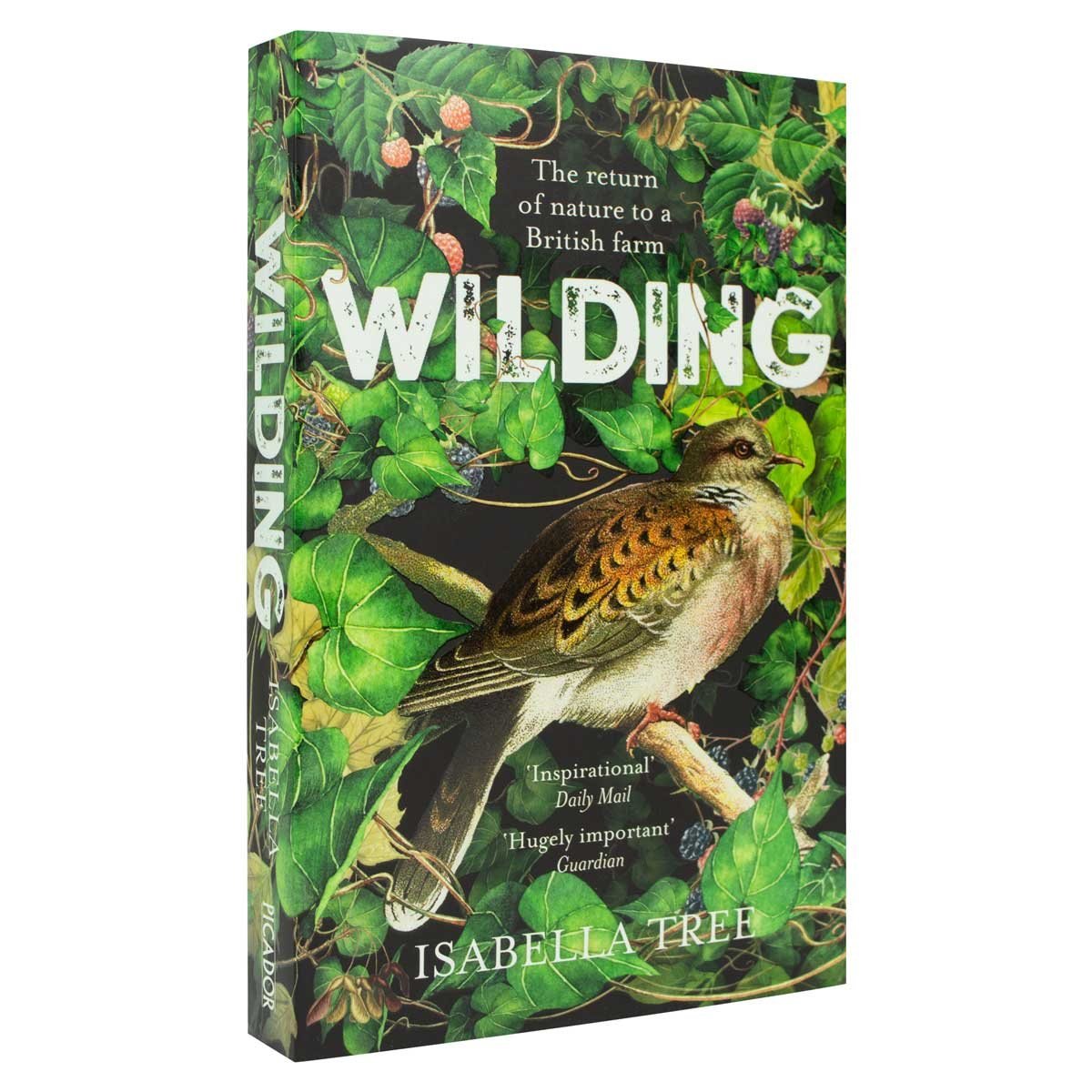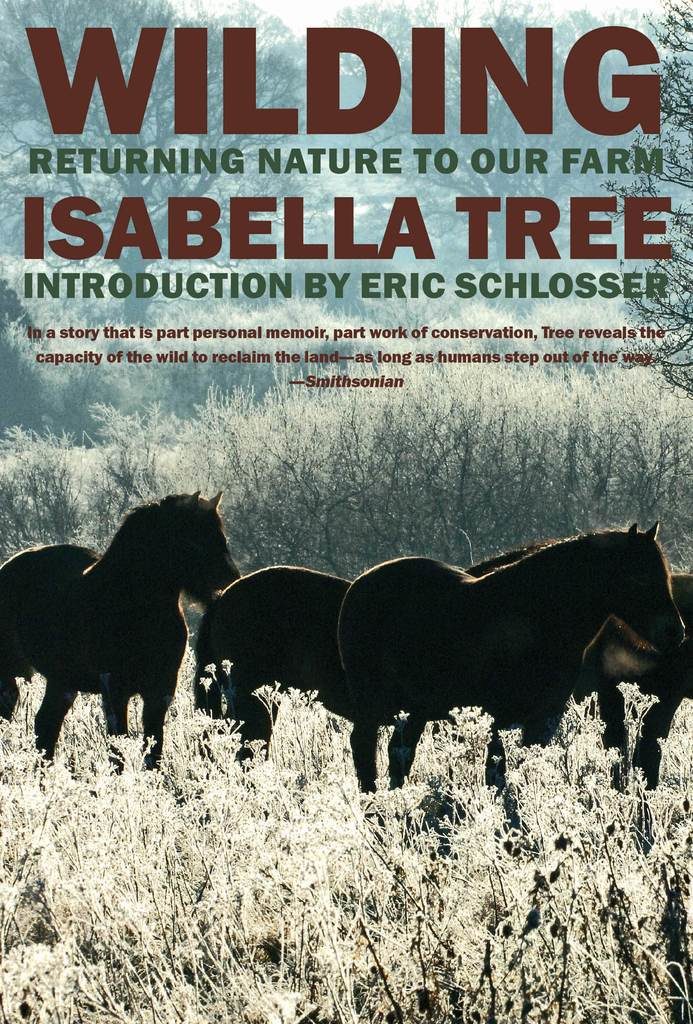

Tallamy’s point is that what was done accidentally to save the Atala can be done purposefully to save other species that are in decline, which is to utilize in our landscapes the plants (in the case of the Atala, it was coontie) that those species depend on to complete their life cycles. It’s a remarkable story of ordinary people through voluntary action bringing back a species from extinction without even realizing they were doing it. f.), is used in butterfly gardens or as an ornamental plant in landscapes.”Įntomologist Doug Tallamy (whom I have suggested to Russ as another guest to have on this topic) has used the Atala as an example in his lectures, and in his book The Living Landscape.

Although still considered rare with limited distribution, it is now found in local colonies where its host plant, coontie ( Zamia integrifolia Linnaeus. Due to the decline in the abundance and distribution of its host plant caused by overharvesting the root for starch production by early settlers, the Atala butterfly was thought to be extinct from 1937 until 1959 (Klots 1951 Rawson 1961). “The Atala butterfly, Eumaeus atala Poey, is the largest and most iridescent hairstreak in southeastern Florida. Mark, regarding species believed to be extinct but with hidden reservoirs, waiting to flourish again: the Atala butterfly in Florida is a beautiful example of this actually happening: Especially since they didn’t have our modern perspectives about land management. I think we can legitimately lament the particular sub-species that are now lost forever, without being critical of people who did what they thought was best to protect their families.

The project to eradicate wolves was seen as life-saving, not just the elimination of a public nuisance. Migrants out west frequently faced wolves on their treks out there, and again once they began homesteading. The issue, more viscerally, was with wolves killing children – something that was all too frequent in the 1800’s and in the time of Peak Wolf. I can’t speak to global motivations, but in the American Mountain West those were of lesser concern. This issue is often framed as people being irrationally afraid of wolves, or angry of them for stealing livestock – as if wolves understood property rights. One quick note on the discussion about wolves. I wonder if there are species we currently believe to be extinct that might have hidden reservoirs, waiting for an opportunity to flourish again. I found the discussion of near-extinct species returning particularly fascinating. Great discussion, thank you for the enlightening look into this wild experiment.


 0 kommentar(er)
0 kommentar(er)
